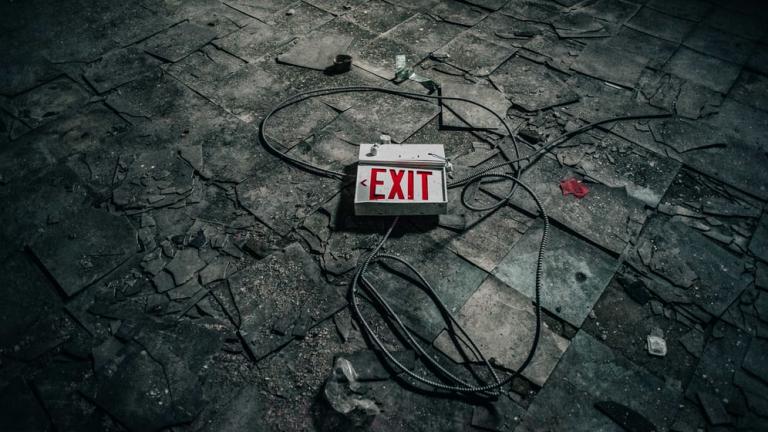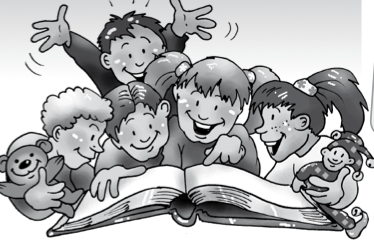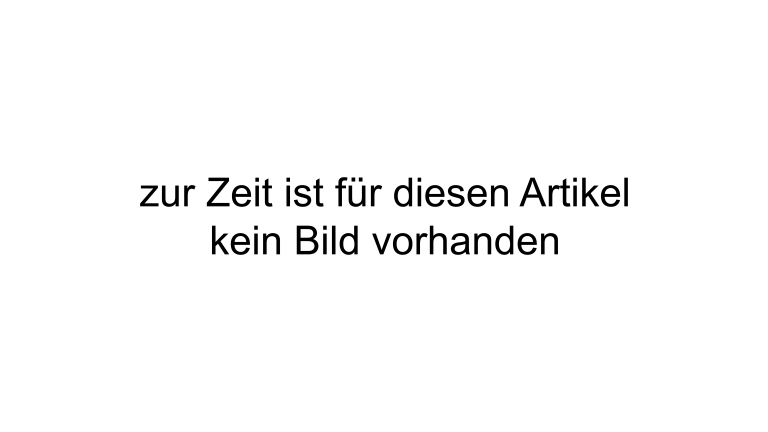Versetz dich in den Wilden Westen: Die Indianer haben nach langem Umherziehen, unbekanntes Land erreicht. Catan soll es heißen! Doch du bist nicht der Einzige. Auch andere unerschrockene Indianer stehen schon in Catan: Der Wettlauf um die Besiedlung hat begonnen!
Process
Children are divided into 4 tribes. Each tribe has a depot, each with a specific resource (wood, iron, clay, and grain). The different tribes try to capture raw materials from the other tribes by stealing them from the opponent's depots (note: only one raw material can be stolen from the depot at a time, unless you already have one on you). If a player is touched by an opponent, it depends on the respective tribal function (see section Tribal Function). The winner gets all the resources the opponent has on him. (In this case it is possible to have more than one resource on you, but the risk is higher!) If the tribal function is the same, both players keep their resources. Among other things, there are also catchers, which can outbid any Indian function.
In the middle of the board, there is another depot, the land and construction administration. In this depot, you can now buy lands with the captured resources. There are 40 different countries and each country can only be sold once. Each country has a different supply of goods (tools, gold, silver, horses, building materials, and peace pipe tobacco). These are paid out when you buy a country. The purchased goods cannot be stolen by other tribes. These different goods are needed to build a settlement. If you have enough goods, you can buy settlement buildings in the land and building administration (covered wagon, raw material store, road, village square, accommodation, stable and stagecoach station). These different buildings give different numbers of victory points. The victory points also cannot be stolen.
The goal of the game is to collect as many victory points as possible to have the largest settlement possible.
Tribal Functions
In each tribe, there are several tribal functions (rank descending):
- Chief (outranks all but the medicine man)
- Tipi administrator
- Rider
- Warrior
- Mediator
- Bowmaker
- Medicine Man (only outbids the chieftain)
The chief outbids all but the medicine man. The tipi steward outbids the rider, warrior, overbidder, bowmaker, and medicine man. The rider outbids the warrior, overbidder, bowmaker and the medicine man. This continues until the medicine man, who can only outbid the chief.
Catchers (palefaces)
Now there are still catchers (palefaces (=> ladder)) who can outbid all the Indians and steal their raw materials. However, the palefaces can be bribed by a peace pipe tobacco and thus give all their previously captured resources to the Indians they were trying to steal from. The Indians must not catch the palefaces, even if they have a tobacco on them!
Scheme
Snatch raw materials -> Buy land (collect goods) -> Build (collect victory points)
Info
- The game is intended for the youth group age (about 9-13 years old)
- Optimum per group is 8 to 10 players and 3 to 4 catchers.
- It is best if there is a leader in each depot to support the children in the country and building purchase, e.g. with counting raw materials.
- The game needs a lot of preparation. E.g. print out and cut raw materials, goods, tribal functions.
Print templates
The print templates are located on Dropbox.
There are two versions, one with 120 commodities per depot and one with 160 commodities per depot.
The version with 160 raw materials per depot logically goes a bit longer (country prices are higher). And you can play it with larger groups.
https://www.dropbox.com/sh/nyyy2uy4qj66tg7/AAC_VYtVH4z2_DTtxmIC9a-Da?dl=0
Image credits
All images and files: © Jungschar Schöftland & Rued
Files
- Anmelden oder Registrieren, um Kommentare verfassen zu können
Inhalte können automatisch übersetzt sein. Hilf mit durch deine Bearbeitung die Qualität der Übersetzung zu verbessern!



